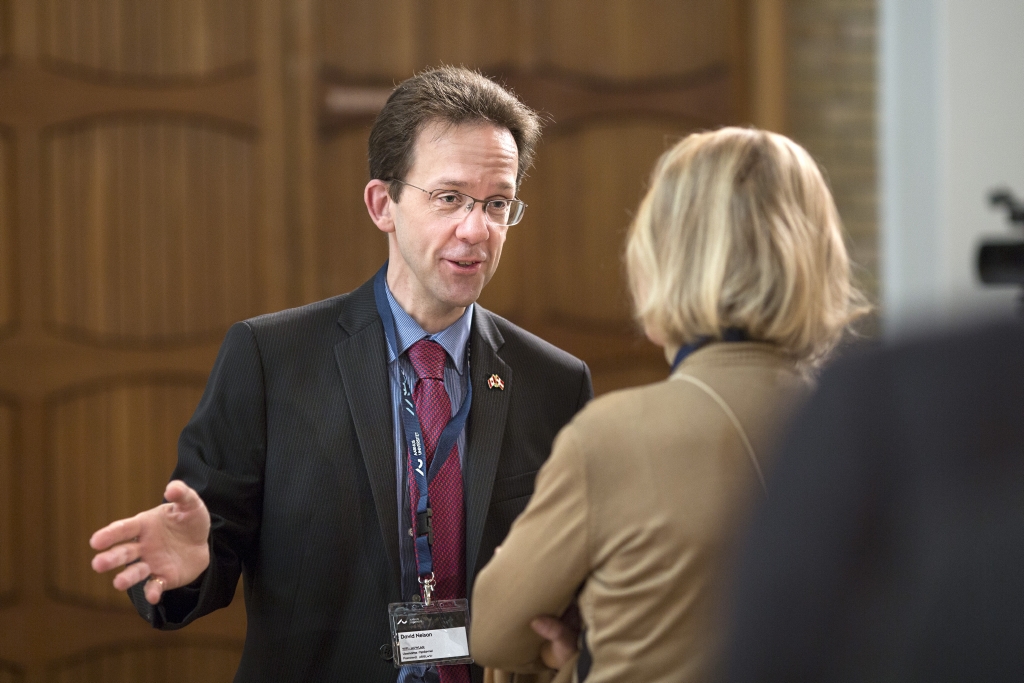AUFF PhD award: How Does Financial Risk Develop Over a Day of Trading?
Martin Thyrsgaard from the Department of Economics and Business Economics at Aarhus BSS is awarded Aarhus University Research Foundation's PhD Award for his dissertation. His methods allow you to study more precisely what is going on in the financial markets and to better understand the importance of how the markets are organised.

Economics researcher Martin Thyrsgaard is a confident man. Throughout most of his PhD studies, he has – by means of complicated mathematics – grappled with accepted standards within market structure research using high-frequency financial data. These huge data sets include, among other things, all completed transactions as well as current bid and offer prices. Among other things, research into this data is relevant with regard to financial risk management. But you also learn more about how the markets actually work, and thus also how to organise them appropriately, Martin Thyrsgaard explains.
‘How does the very organisation of the financial markets affect the dynamic development of prices and risks during a day of trading? And how does it affect the way in which different players are acting?’ he summarises the basis of his research.
Rejecting the Established
To begin with, Martin Thyrsgaard designed a method for statistically testing how well the established models for calculating specific forms of uncertainty in the financial markets actually fit with the data. He knew that the older models had their weaknesses, but he was now able to show why they did not work well. His paper was soon published in a leading journal in the field, and the content caught the attention of two of the most renowned researchers in the field. Both are professors at the leading Northwestern University in Chicago, and the paper led to a stay in Chicago for Martin Thyrsgaard, who wrote the next chapter in his thesis in cooperation with the professors.
‘Our paper is a step on the way to understanding the impact of the stock exchanges’ opening and closing hours on the risk development throughout the day. Traditionally, it has been assumed that the relative uncertainty surrounding a stock price at any given time of the day should be the same across the days of trading. You would like to be able to have such a pattern available when studying how a particular announcement from the central bank affects the uncertainty. But our statistical tests show that it is not that simple, because the pattern is actually not constant from day to day’.
High-Frequency Traders
In the last chapter of the thesis Martin Thyrsgaard studies how use of computer-based trading methods change during the day.
‘I show that computer-driven high-frequency traders are fairly active transferring information from one stock exchange to another. They thus play a main part in balancing the price of a stock traded on several stock exchanges. And they actually become more and more active in the course of a day of trading as they become more confident with regard to the development of the prices on that particular day’, he says.
The paper thus provides a framework for better analysing the role of these actors in connection with e.g. extreme price fluctuation. A postdoc grant from the Independent Research Fund Denmark allows Martin Thyrsgaard, now based in Chicago, to explore the subject in more detail.
